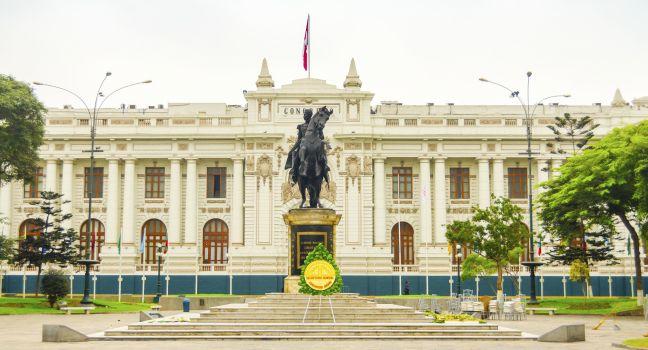Pueblo Libre

Limeños often speak of their city's "barrios tradicionales," and none is more tradicional than Pueblo Libre. Here, the sense of heritage is evident on every corner: in the old-timers talking politics in its quiet parks, in its tiny peñas tucked into side alleys, in the late-night gatherings in its century-old watering holes. So steeped is the district in its criollo past, it often seems a throwback to an older Lima—a place of leisurely Sunday lunches and exaggerated courtesy, arm-in-arm walks with grandparents and evening visits to the parish church.
Pueblo Libre's rootedness has a long history. During Peru's wars for independence, Simón de Bolívar and José de San Martín, South America’s two great liberators, both lived here (though not simultaneously) in a mansion formerly owned by the Spanish viceroy. Later, it was the seat of the country's provisional government when Lima was occupied by Chile in the War of the Pacific. Nowadays, the district's main draws for travelers are its two great museums, the Museo Nacional de Antropología, Arqueología e Historia and the Museo Larco. In their different ways, both tell the same story: the millennial epic of Peru's evolution since it became one of civilization's birthplaces 5,000 years ago.
Recommended Fodor's Video
Elsewhere in Pueblo Libre
Miraflores >
Restaurants (20), Things to do (33), Hotels (8)
El Centro >
Restaurants (5), Things to do (27), Hotels (2)
Barranco >
Restaurants (7), Things to do (22), Hotels (4)
Elsewhere Around Lima >
Restaurants (0), Things to do (2), Hotels (0)




